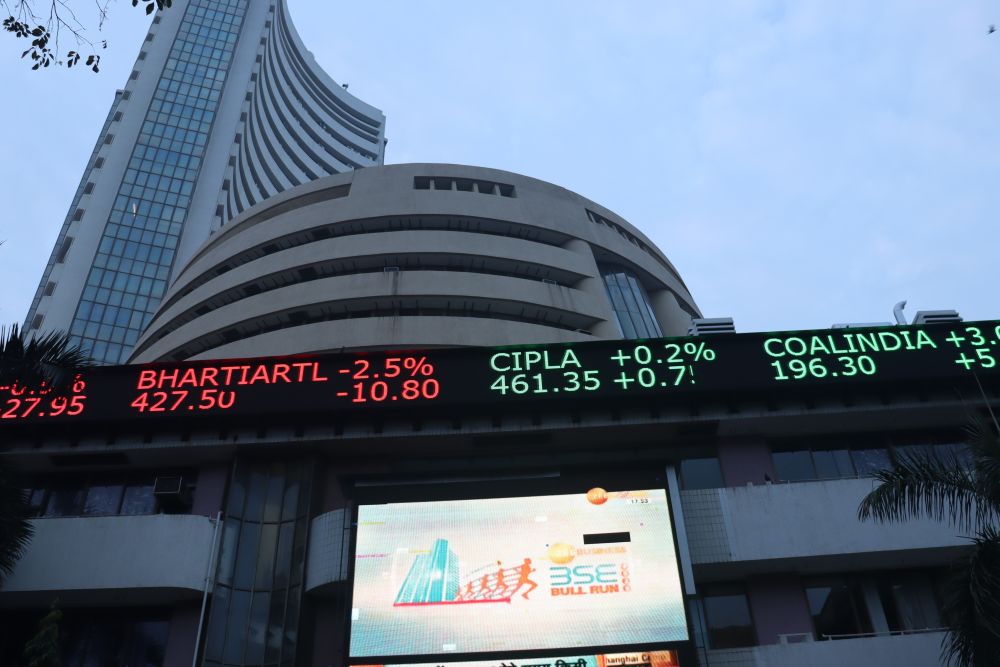China’s official credit growth target for 2017 could present continued challenges for bank capitalization and liquidity profiles, S&P Global Ratings has said. However, this is set against a lower GDP growth target and further reflation, which could slow the pace of China's rising debt leverage and offset some of the strain on the asset quality of Chinese banks.
On the first day of this year's session of National People's Congress on March 5, Premier Li Keqiang announced a set of economic and financial targets for 2017, including real GDP growth of around 6.5%, consumer price inflation of 3%, and growth in both aggregate financing (referring to total debt and equity financing for non-financial and non-public sectors through the financial system) and broad money of 12%.
"The economic and financial targets point to a further increase in China's credit-to-GDP ratio as projected credit growth continues to outpace the country's expected economic expansion in nominal terms. This trend exposes Chinese banks to heightened credit risks in the economy," said S&P Global Ratings credit analyst Qiang Liao.
Rising debt leverage in the Chinese economy is the major factor behind S&P’s negative economic risk trend assessment for the Chinese banking sector. S&P note that the sector's reported non-financial and non-public sector (NFNP) debts represented 157% of China's GDP at the end of 2016, less than their earlier forecast of 159% due to China's stronger nominal GDP growth and slightly slower credit expansion through 2016.
According to S&P, the pressures on bank funding and liquidity profiles could be significant despite comparable growth targets for total credits and broad money. This is because the projected credit growth does not include government debt.
While the mismatch between credit and GDP growth continues, the gap is narrowing and other factors should help ease some of the negative pressures on the banks, S&P have said.
The outlook on the Chinese banking sector remains negative because the current trajectory is not seen to be sustainable. However, in S&P’s base-case scenario, there is unlikely to be a surge in nonperforming loans or severe capital and liquidity shortages in the next 12 months.









